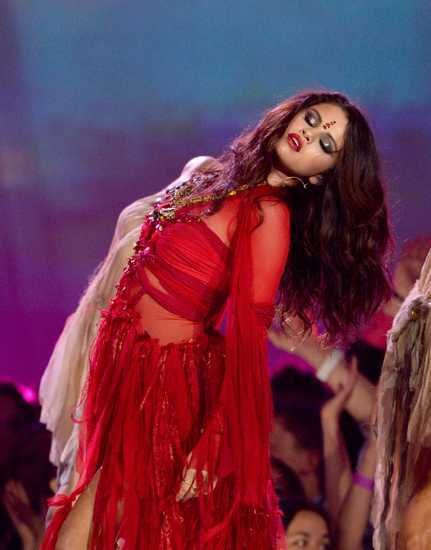South Asian Influences on Fashion: Trends to Acknowledge
Graphic by Divya Samuel
America is often described as a melting pot of culture, where diverse traditions and beliefs combine to become indistinguishable and create a common “American culture”. I would argue, however, that it might be more accurate to compare it to a mosaic, where individual cultures remain distinct but together make up the larger picture that is the US. In this metaphor, different cultures maintain ownership over their own traditions while peacefully coexisting.
That being said, because of the distinct cultures that exist within America, it can be hard to draw the line between cultural appreciation and appropriation. The most important part of this discourse is to acknowledge roots. South Asian traditions in particular have become so ingrained in American culture over time that they often go uncredited now. Here are some fashion trends we’ve noticed in the past few years that you might not know have South Asian roots.
Nose Rings
Nose piercings have been a trend on the rise in mainstream American culture since the 70s, when they became popular within the punk scene. Since then, they have experienced notable and increasing popularity in the mainstream.
Nose piercings were actually brought to America by hippies coming back from India, where they have been tradition since the 9th century. The Nath (nose ring), typically worn on the left, symbolizes a woman’s marital status. Kim Kardashian and her daughter, North, were spotted wearing this style at Paris Fashion Week 2022, which sparked online discussion about cultural appropriation.
2. Bindi
Bindis have become popular as music festival attire, especially at Coachella. Celebrities like Selena Gomez and Vanessa Hudgens popularized it as an accessory used to highlight one’s own spirituality and uniqueness. Before that, musicians in the 90s like Gwen Stefani introduced it to the nightclub scene.
Bindis have been worn by Hindus for over 3000 years. Red bindis typically signify a woman’s marriage. Bindis in general, though, are placed on the forehead by the Ajna Chakra or “Third Eye”, signifying self-realization.
3. Henna
Henna “tattoos” (also known as mehndi) in America, like bindis and nose piercings, finds its roots in hippie culture and western spirituality. Musical artists like Gwen Stefani and Madonna contributed to the popularization of henna in the 90s by wearing traditional henna designs in music videos and award ceremonies. Recently, henna has become popular on social media through trends like henna freckles.
Henna is a paste made of crushed leaves from the henna plant. In Pakistani, Indian, and Middle Eastern cultures, henna is traditionally used to decorate the hands and feet of brides and wedding guests. In fact, a mehndi night is meant to be organized the day before a bride’s wedding in order to reduce her stress and promote relaxation before the wedding.
As with any cultural fashion or beauty tradition, the most important thing to consider when engaging in South Asian traditions are their cultural significance. If you aren’t South Asian and do choose to participate in these traditions, make sure you are aware of their origins and respect the people from whom they originated.







